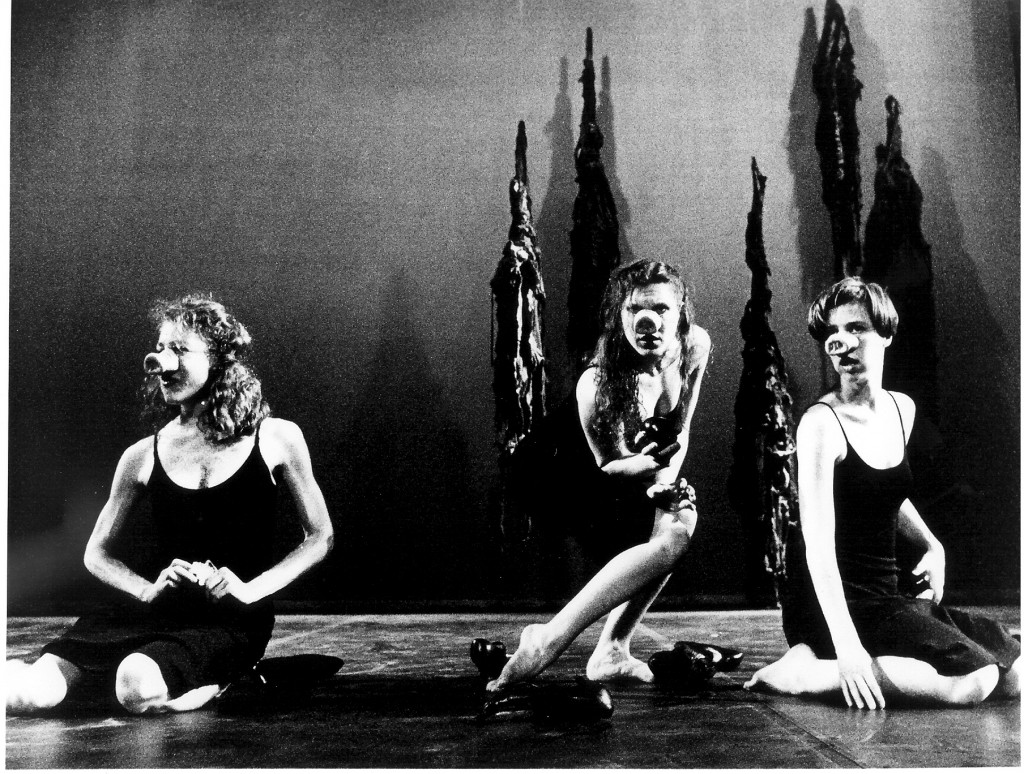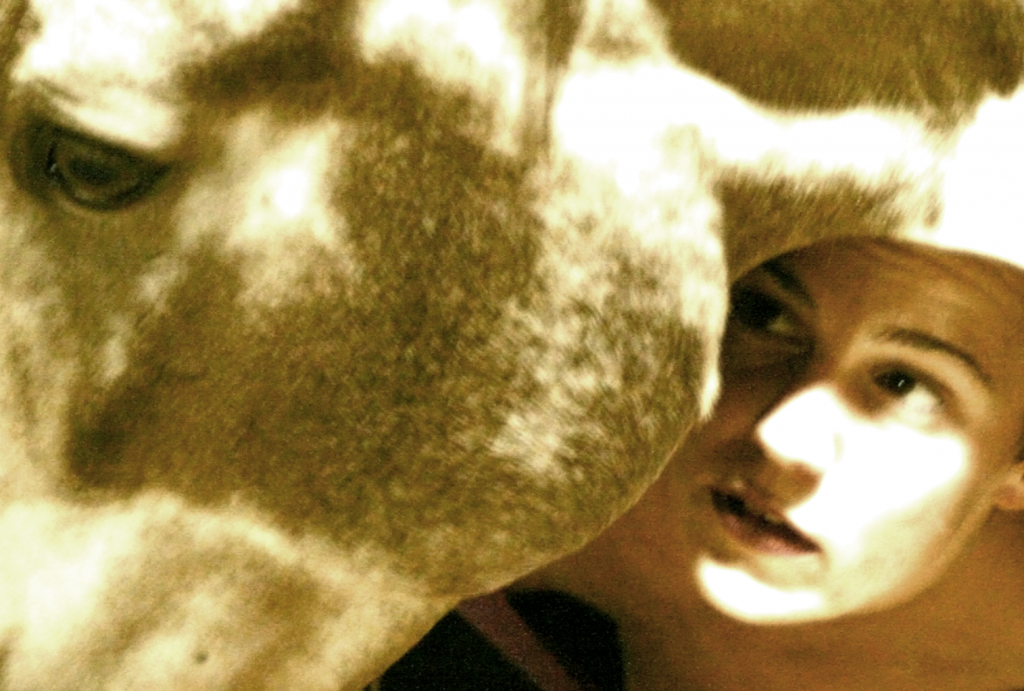 Photo: Nick Novick from White Dreams, Wild Moon by Paula Josa-Jones
Photo: Nick Novick from White Dreams, Wild Moon by Paula Josa-Jones
I have been culling my digital files. And the day before I went through my costume archive. Emptying the trash is a theme. I want my waters clear, not muddied by what I no longer need. Not even what I thought I might need some day, maybe, just in case. I feel like an archival warrior. The digital files are easier. One click.
The costumes are harder. I remember who wore them, the feel of the movement that they held, the passionate conversations that resulted in their creation. I have probably ten large plastic bins. I emptied two. You never know when you will need those Creon headdresses, or a pig’s nose . . .
In my digital culling, I found this, written about ten years ago. It was from a letter to a friend. “I read this morning in the book In the Lap of the Buddha by Gavin Harrison, that Chogyam Trunga Rinpoche talks about the idea of warriorship as that which is sad and tender, because with those qualities the warrior can be very brave as well. ‘For the warrior this experience of the sad and tender heart is what gives birth to fearlessness. Real fearlessness is the product of tenderness. It comes from letting the world tickle your raw and beautiful heart.'”
I feel like this sifting review is just that: looking at the ways the world has tickled my raw and beautiful heart. Letting that in again, in a feeling way. I found, for instance, the words that I spoke at my mother’s memorial. Sad and tender. A couple weeks ago, Pam wrote a piece called my mother’s ashes about finding a heart shaped ashtray that she had made for her mother when she was eight. There’s the fearless part.
I am interested in the way that memory and memento shape what is blooming here, now. I wrote a Journal piece about that last week called “An Archival Being.” This week I am taking a dive into what Pico Iyer, writing about Graham Greene, calls “fundamental trembling.” Another ragged little memoir. (If you subscribe this week, I will send you last week’s Journal free.)
Speaking of Pico Iyer, I also found this jewel: The Joy of Quiet. I think, actually, that may be what all of this culling is about. Stillness in all of that movement.
What are you holding? What are you releasing?



